LESSON OVERVIEW
This ESL worksheet about education contains activities aimed to give students a lot of speaking practice. It also contains useful vocabulary and a video about homeschooling.
WARM-UP & VOCABULARY
The lesson starts with a warm-up in which students complete the sentences so that they are true for them. The sentences are about school experience. Then, students work with vocabulary. They read a set of questions about education (e.g. homeschooling, conventional education, etc.) and match them to the appropriate answers. The questions contain some useful vocabulary (e.g. peers, drawbacks, study at your own pace, etc.). Students also give their own answers to the aforementioned questions.
VIDEO & DISCUSSION
In this part of the worksheet about education, students watch the video about homeschooling and have a more in-depth discussion of this concept. At first, students look at some statistics about homeschooling vs conventional education and guess what each fact is about. Then, they share if they are surprised by the information. Students watch the video twice. First, they answer the questions about the family that does homeschooling and describe their typical school day. After that, they watch the video again and correct the statements to make them true. Students also have a discussion about the family from the video and homeschooling in general. Then, students have more speaking practice. First, they choose a number and get a topic to discuss. At the end of the worksheet about education, students look at different unconventional education ideas and list the advantages and disadvantages of them.
HOMEWORK/REVISION
This worksheet about education also includes an additional creative task to practise the vocabulary from the lesson that you can use as homework or revision. It’s available in the teacher’s version of the worksheet. You can print it, and hand it out to your students. It’s also included in the e-lesson plan, if you teach online.
Subscribe to unlock these and many other Standalone lesson with the Premium planWORKSHEETS



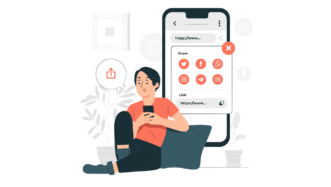


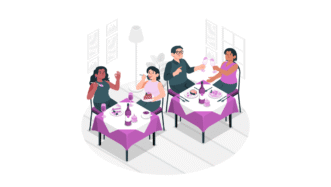
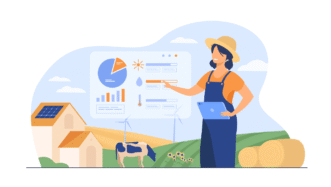

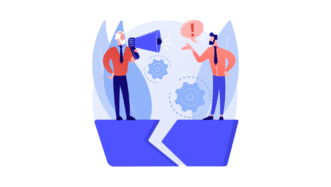
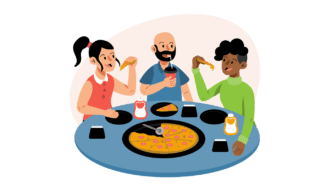



Thank you for the lesson plan!
When I have a lesson on the topic of homeschooling, I love to also use extracts from “Captain Fantastic” – a movie where a man homeschools 5 kids after his wife passed away. The movie gives plenty of examples in favor of homeschooling, but at the same time gives some food for thought (which is great for debates in class) 🙂
Hi Katerina,
This movie is a perfect ground for discussion about homeschooling. It’s great if your students have watched it and are eager to contribute to the debate.
Thank you very much!
Thanks for the lesson plan! My students were very interested in the topic, since homeschooling is illegal in the countries they come from.
They did have some questions about the stats in the lesson (67% of homeschooled students graduate uni, vs 57.5% of conventional students.) Could you share your source for these numbers?
Thanks for the comment! That’s awesome that your students found the the topic so interesting 🙂 Sure, you can check out the stats here and here.